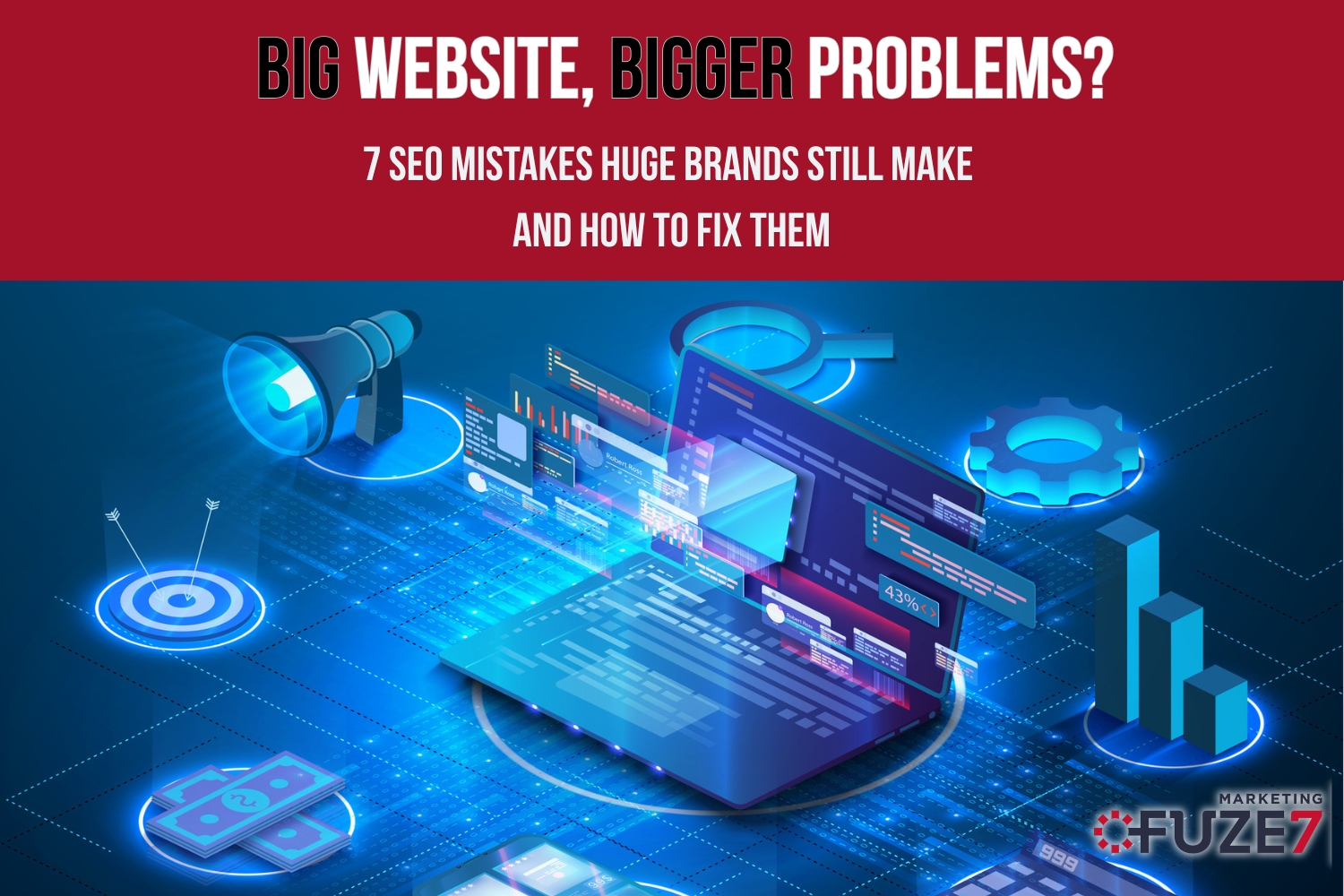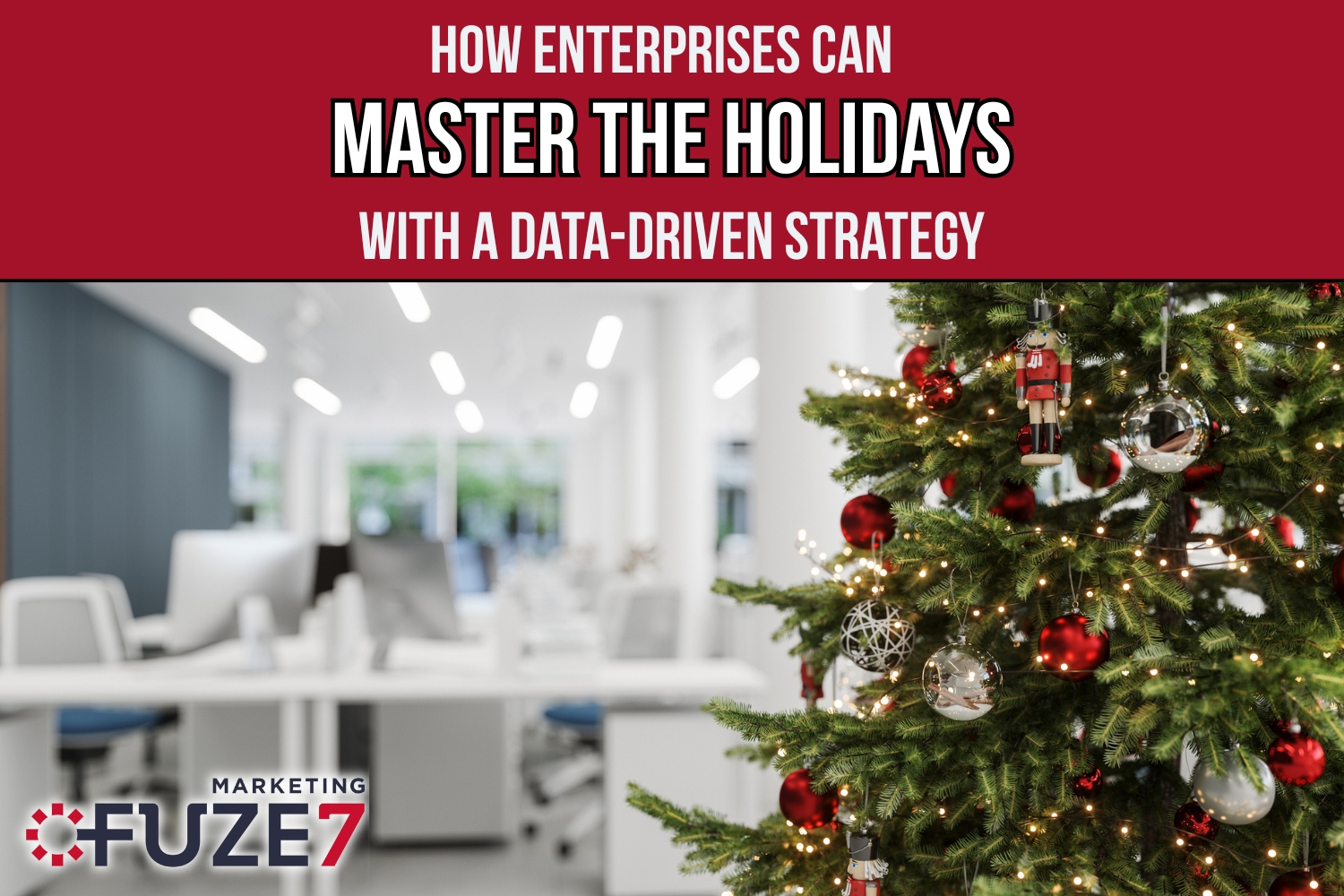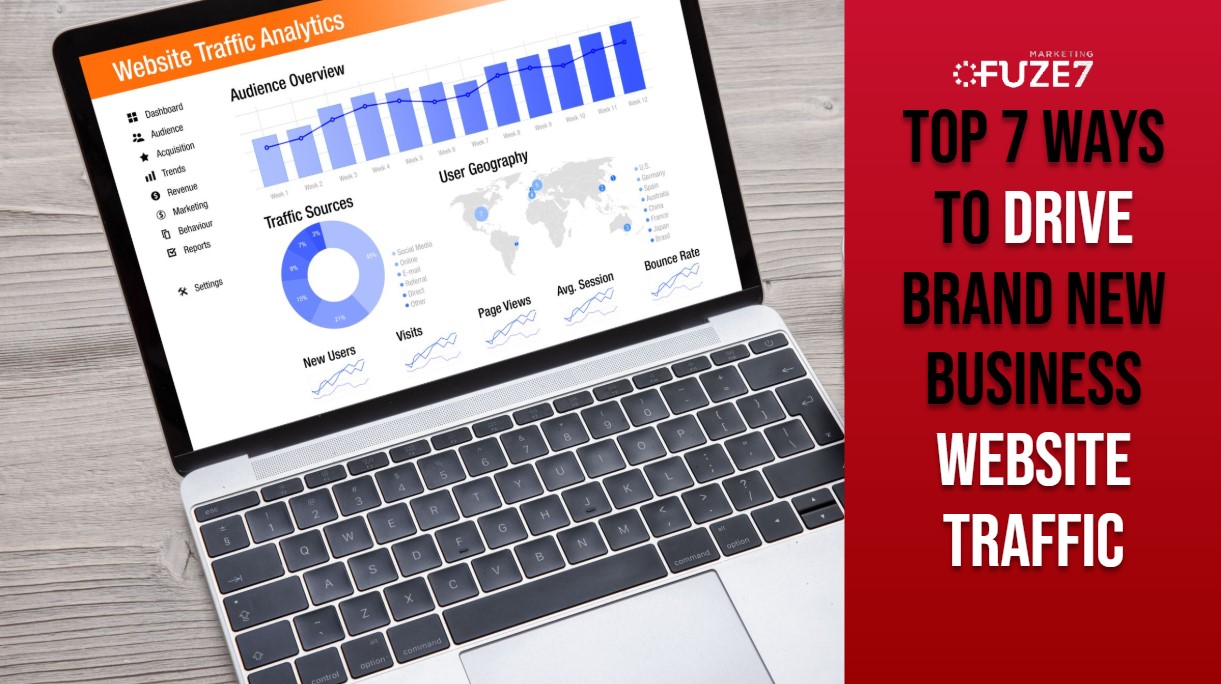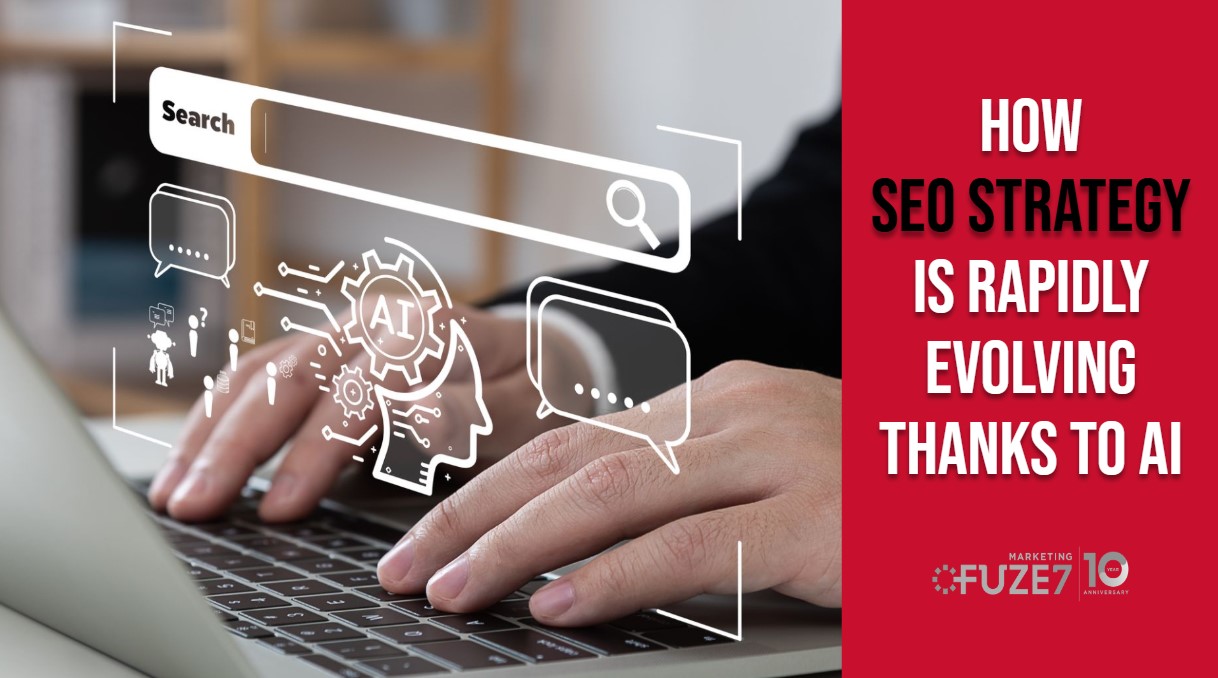When you’re running a large-scale business website, keeping it current can feel like a full-time job. Between managing hundreds or thousands of pages, juggling multiple stakeholders, and pushing out new content every week, even enterprise-level brands can fall into avoidable SEO traps.
The good news? You’re not alone if you feel overwhelmed, and you can fix mistakes without tearing your entire site down to the studs. At Fuze7 Digital Marketing, we work with high-profile, high-traffic companies that’ve learned the hard way that big websites need smarter SEO strategies. Let’s talk about the seven most common mistakes big brands make and how to fix them before they cost you traffic, revenue, and reputation.
1. Treating SEO Like a One-and-Done Project
The mistake: Big brands often invest heavily in SEO during a site launch or redesign. Then, they let it sit on autopilot for years. All the while, search algorithms evolve, user behavior changes, and competitors don’t take vacations.
Why it’s a problem: What ranked two years ago might be buried on page five today. Without continuous optimization, your website becomes a beautifully designed ghost town.
The fix: Treat SEO like ongoing maintenance, not a one-time checklist. Schedule quarterly SEO audits, keep content fresh, and monitor rankings regularly. A data-driven partner can manage this cycle for you, allowing your team to focus on running the business while we keep the leads coming in.
2. Ignoring the Crawl Budget
The mistake: With thousands of URLs, big websites often waste their crawl budget on duplicate content, outdated pages, or irrelevant tags.
Why it’s a problem: Search engines have a finite amount of time and resources to crawl your site. If they’re spending it on junk, your important pages may never get indexed.
The fix: Use tools like Google Search Console to identify crawl errors and prioritize high-value pages. Consolidate duplicates, remove outdated content, and streamline site architecture so crawlers and consumers get to the good stuff faster.
3. Overlooking Mobile Experience (Even in 2025)
The mistake: It’s shocking how many enterprise websites still treat mobile optimization as an afterthought, with clunky menus, slow load times, and desktop-first design dominating.
Why it’s a problem: Mobile-first indexing isn’t just a buzzword; it’s how Google evaluates your site. A poor mobile experience kills rankings and conversions, especially if your audience is browsing on the go.
The fix: Audit your mobile site speed and usability. Invest in responsive design, compress images, and simplify navigation. Remember, the easier it is for someone to find what they need on their phone, the faster they’ll buy from you.
4. Neglecting Internal Linking
The mistake: Huge brands often have amazing content, but it’s buried in silos with no paths leading to it.
Why it’s a problem: Internal links guide both search engines and users to related content, helping distribute page authority and improving discoverability. Without them, you’re leaving valuable content stranded.
The fix: Develop an internal linking strategy that connects high-authority pages to newer or underperforming ones. Use keyword-rich anchor text and logical navigation to create a web of content that keeps both Google and your users engaged.
5. Failing to Optimize for Search Intent
The mistake: Big brands sometimes chase keywords without considering why someone is searching for them. This leads to content that ranks but fails to convert.
Why it’s a problem: If your content doesn’t match the searcher’s intent, whether it’s informational, navigational, or transactional, visitors will bounce faster than you can say “SEO strategy.”
The fix: Map your keywords to specific stages of the customer journey. For example, “best enterprise CRM software” signals research, while “buy Salesforce license” signals purchase intent. Optimize accordingly.
6. Forgetting About Local SEO (Even for National Brands)
The mistake: Enterprise brands often think local SEO doesn’t apply to them, especially if they have a national or global footprint.
Why it’s a problem: Local search drives huge traffic for multi-location businesses. If your locations aren’t optimized for local queries, you’re handing that traffic to competitors.
The fix: Create and optimize location-specific pages, claim and update Google Business Profiles, and ensure consistent NAP (Name, Address, Phone) information across directories. Even a global powerhouse benefits from showing up in “near me” searches.
7. Letting Content Go Stale
The mistake: Large companies crank out content, but rarely revisit old blog posts, landing pages, or product descriptions.
Why it’s a problem: Outdated stats, broken links, and irrelevant examples hurt credibility and rankings. Search engines favor fresh, relevant content, and so do your customers.
The fix: Build a content refresh schedule. Update statistics, replace broken links, and expand older posts to reflect current trends. It’s often easier and more effective than creating something new from scratch.
Why Consistent SEO Matters for Big Brands
For enterprise-level websites, SEO isn’t about chasing every keyword or running one-off campaigns. It’s about sustained, strategic optimization that scales with your growth.
If your site is making any of these mistakes, you’re likely leaving traffic and revenue on the table. The right partner can turn that around. At Fuze7 Digital Marketing, we handle enterprise SEO, digital strategy, and full-service marketing solutions under one roof, so your busy team doesn’t have to juggle multiple vendors or guess what’s working.
Turn SEO from a Problem into a Profit Driver
You’ve already invested in building a massive digital presence. Now it’s time to make sure it’s doing the heavy lifting. Whether you need a one-time SEO overhaul or ongoing management, our team is ready to help you dominate the search results and outpace your competitors.
Let’s talk about how Fuze7 Digital Marketing can make your big website your biggest asset. Contact us to talk about your enterprise business and what you need to do to ensure your website keeps up with your company’s growth.








